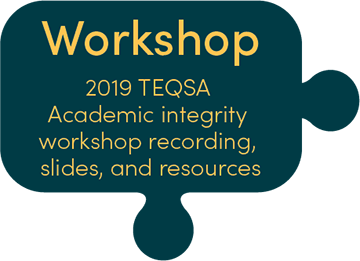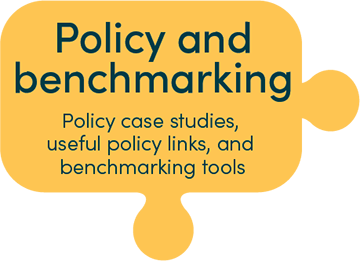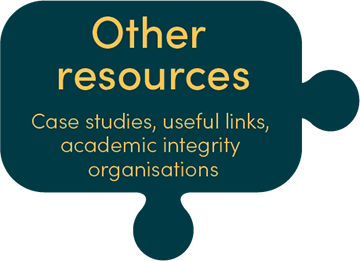Purpose of public reports
Our public reporting aligns with the objectives of the TEQSA Act, which call for us to:
- protect and enhance Australia’s reputation for quality higher education and training services
- protect and enhance Australia’s international competitiveness in the higher education sector
- protect and enhance Australia’s excellence, diversity and innovation in higher education in Australia
- protect students undertaking, or proposing to undertake, higher education in Australia by requiring the provision of quality higher education
- ensure students undertaking, or proposing to undertake, higher education, have access to information relating to higher education in Australia.
In accordance with these objectives, we make our regulatory decisions and actions publicly available. Reports provide information about the applicant, the decision and the main reasons for our decision.
Under the TEQSA Act, we may disclose to the public, higher education information that relates to actions under the Act. The Act also allows us to ‘collect, analyse, interpret and disseminate information’ relating to higher education providers, higher education awards, quality assurance practice and quality improvement in higher education and the Higher Education Standards Framework.
Approach to public reporting
TEQSA uses the National Register of Higher Education Providers to share information with the public about registered providers. The National Register includes key information, such as:
- legal entity name
- trading name/s used for the provider’s higher education operations
- Australian Business Number
- provider category
- registration renewal date and period of registration
- head office address
- website for higher education operations
- self-accrediting authority status
- the names of each higher education course of study accredited by TEQSA, as well as the accreditation renewal date of course of study accredited and period of accreditation.
The information on the National Register identifies whether a decision has resulted in any changes to the information listed, for example, by amending a provider’s course accreditation or registration period, or by listing a new accredited higher education course of study. Conditions imposed are also noted on the National Register and are removed when they have been met by the provider, or if they are revoked.
More information
More information relating to our public reporting can be found at:










